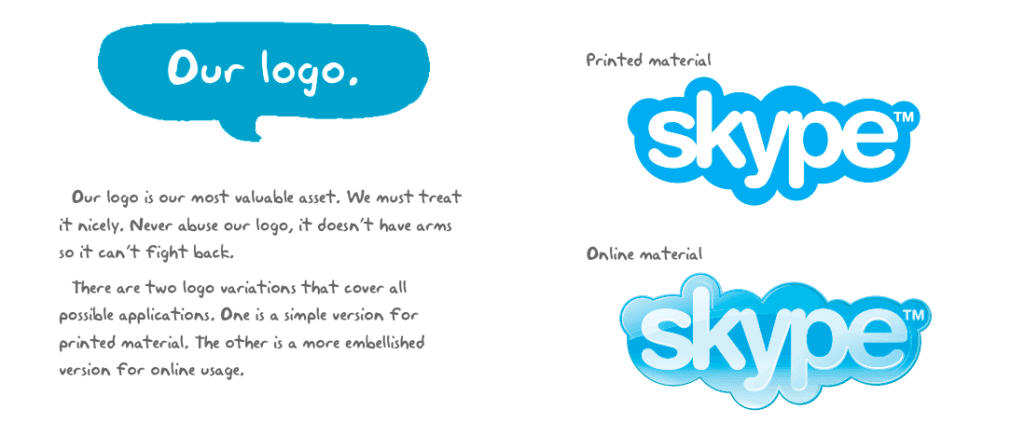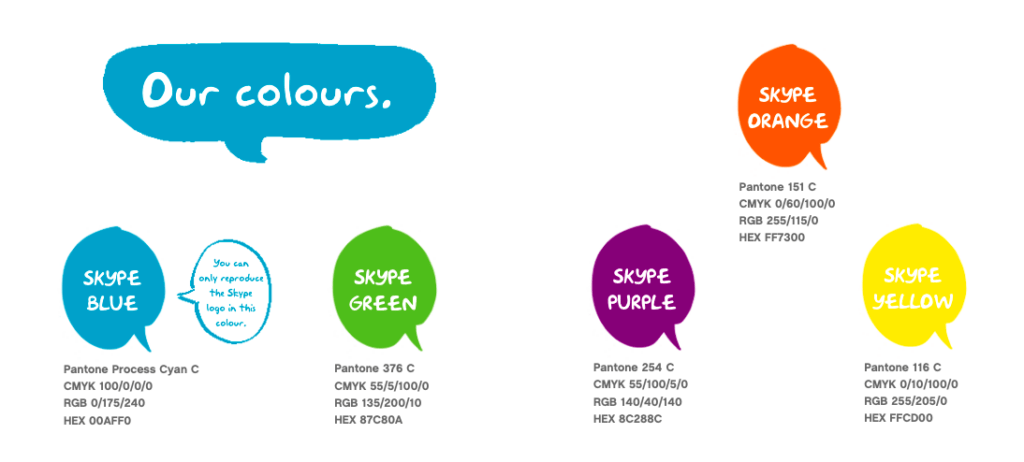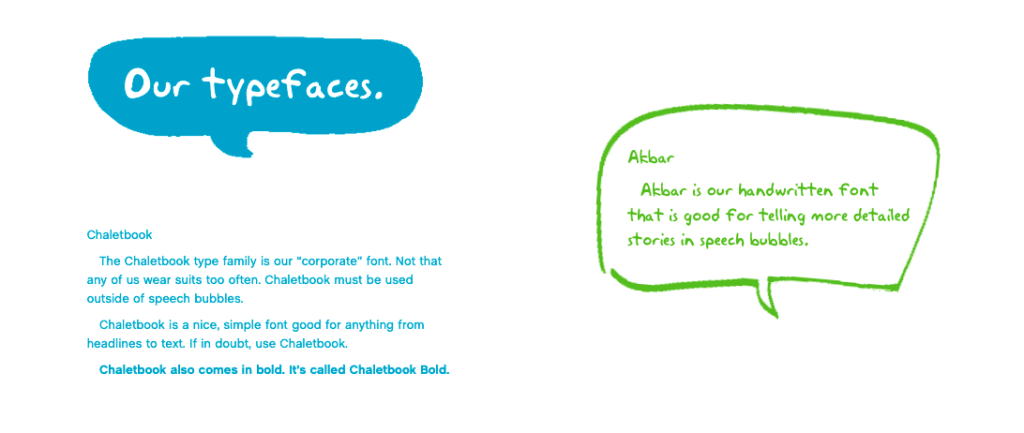How to Create a Brand Style Guide for Your Website

Contents
As your business grows, you’ll have more and more people acting on its behalf. If those people have different ideas about your brand, that can lead to inconsistencies and confusion. That means you'll need to find a way to quickly communicate your brand requirements as your business grows.
One way to keep your branding consistent is with a style guide. A brand style guide keeps everyone within and outside of your organization informed about what your brand stands for and what its content should look like. In other words, it’s a quick reference for how your business will be represented.
In this article, we’ll look at why you might want a brand style guide and how to create one. Let’s get started!
Why a Brand Style Guide Is Important for Your Website
A brand style guide is a set of rules and guidelines for how your business will be portrayed, both on- and offline. It can include anything that impacts how your audience perceives your business, such as visual design elements, tone, word choice, and logos.
You can think of this style guide as a description of your brand’s personality. A strong brand style guide will help to guide your audience towards thinking and feeling a certain way about your company. It will also clarify what makes your business stand out from its competitors.
Having a thorough style guide keeps all of your team members on the same page when it comes to design, content and presentation. It’s also useful if you hire outside designers and/or content writers, so they'll know how to portray your brand correctly.
What's more, customers can become confused if your brand’s style is not consistent across your website and various social media platforms. They may not even realize that all aspects of your online presence are part of the same brand. Creating your style guide carefully and following it closely will help your brand maintain a consistent and clear message.
How to Create a Brand Style Guide for Your Website (In 5 Steps)
As we've seen, a brand style guide is an excellent way to keep everyone involved in your company on the same page when it comes to design and style. Let’s look at how you can go about creating one.
Step 1: Write Your Brand Story
At the core of every business is a ‘brand story'. It can look very different for each company, but what matters is that it defines what your brand cares about. It’s like a mission statement, but with more personality:

A brand story can be playful, if that represents your business' style, as in the example above from Skype's style guide. This company wants its customers to know that it's a down-to-earth business, and that its core product is for everyone.
No matter what tone you use, your brand story should communicate your company’s values in a succinct way. As you write it, consider what your brand represents. This story can guide major decision making for the company in the future, so take your time creating something that represents your brand's purpose and mission.
Step 2: Create Guidelines for Displaying Your Logo
Your logo should be used on just about everything you produce, and be immediately recognizable. If we look again at Skype’s style guide, the first thing it says in this section is that “Our logo is our most valuable asset”:

Your logo is the first thing most new visitors to your website will see, and it should convey your brand instantly. If your logo is representative of your business' style and focus, and you use it in all of your branding materials, your audience should come to associate it with your brand.
As for your brand style guide, it should give specific guidelines for how to use your logo. This includes acceptable color variations, minimum size, and how much space should be left around it. This way, your logo will be used consistently wherever it appears.
Step 3: Include Your Brand’s Color Palette
Another thing your brand style guide can do is clearly define what colors and color combinations can be used on design elements for your brand:

Clearly defining your brand’s core colors can help people recognize your content, even before seeing your business' name. Once again, the key is to maintain consistency.
Whether you are using multiple color schemes or just one, it’s important that your brand style guide is specific about which colors are acceptable. In addition, you may want to outline how each color can be used (for example, a particular color might be reserved for your logo).
Step 4: Choose Your Typography
Of course, typography is just as important as color. Therefore, a comprehensive brand style guide will also provide guidelines for what types of fonts are acceptable to use:

Typography is one of those elements that is often overlooked. This is probably because if it is done well, it goes unnoticed. If done poorly, however, it can stand out and ruin the consistency of your brand.
When choosing your typography, there’s no need to get fancy. Often, the simplest fonts are best, as they're more readable. Still, you'll want to choose fonts that align with your brand's style, and use them throughout your website and other parts of your online presence.
Step 5: Find Your Brand’s Voice
Finally, part of your brand’s style should be devoted to how your business communicates with its audience. Your style guide can include guidelines for grammar and punctuation, and even for specific word choices:

Your brand’s voice should reflect its personality, and resonate with your target audience. You want people to know what they’ll be getting when they do business with your brand, and you can communicate that through tone, style, and word choice.
When considering your brand’s voice, think again about what mission and values you are trying to convey. It may even be a good idea to write some samples in your brand’s voice and include them in your style guide. This can give others an idea of how they should write content for your brand.
Conclusion
Clearly defining your brand’s style now can avoid a lot of confusion as your business grows. It’s important to communicate with your audience in a consistent and creative way that stands out from the crowd.
A brand style guide is the perfect way to help everyone associated with your brand represent it correctly, and create a positive experience for your website's visitors. You can build one by following these simple steps:
- Write your brand story.
- Create guidelines for displaying your logo.
- Include your brand’s color palette.
- Choose your typography.
- Find your brand’s voice.
If you have any questions about how to create a brand style guide, feel free to ask away in the comments section below!